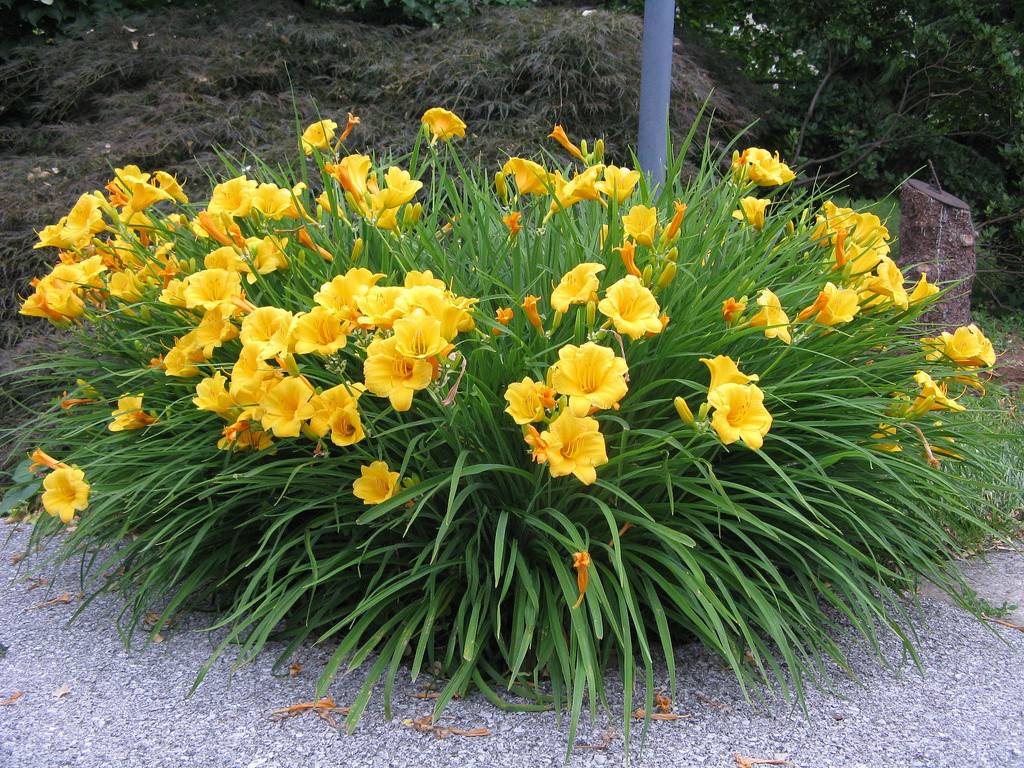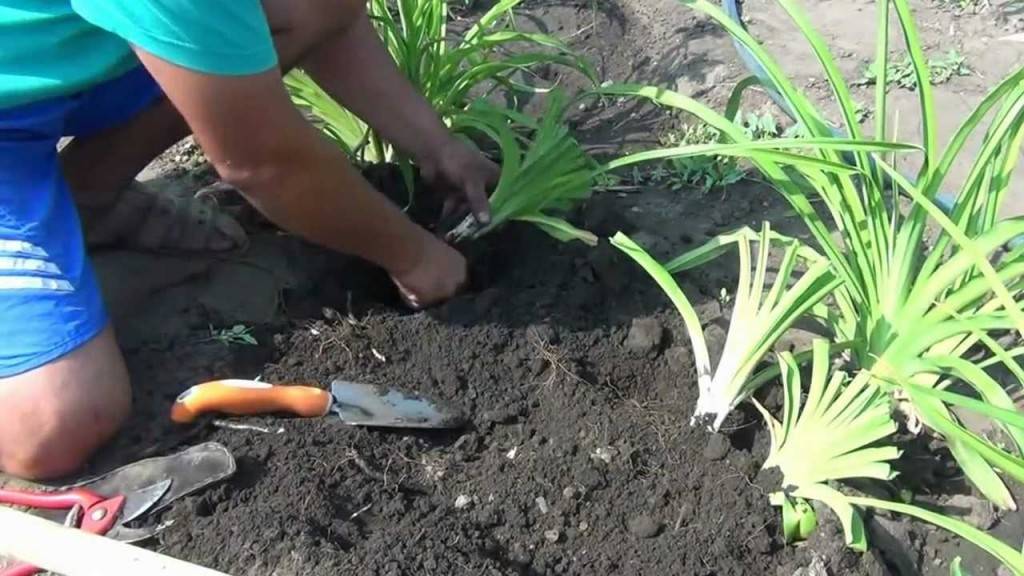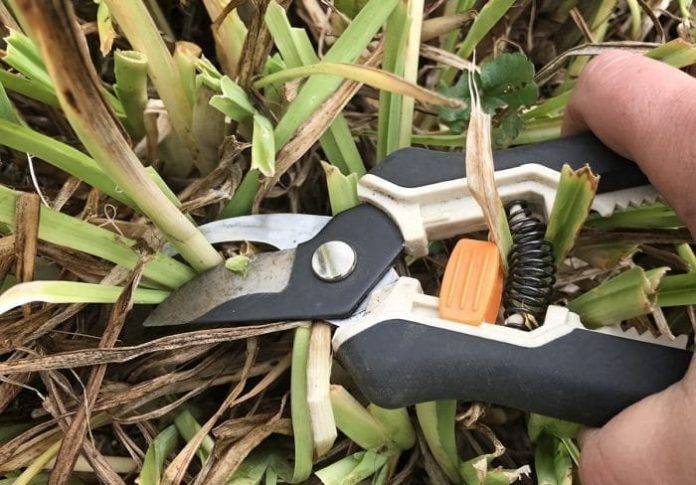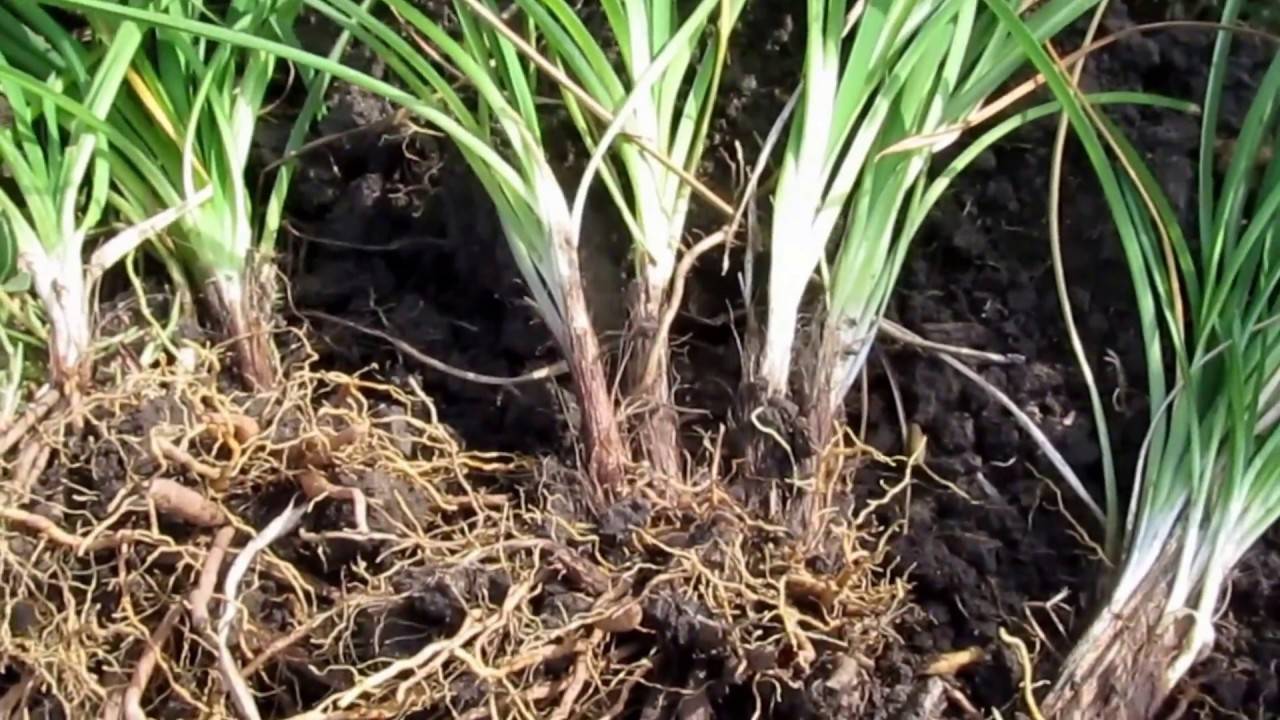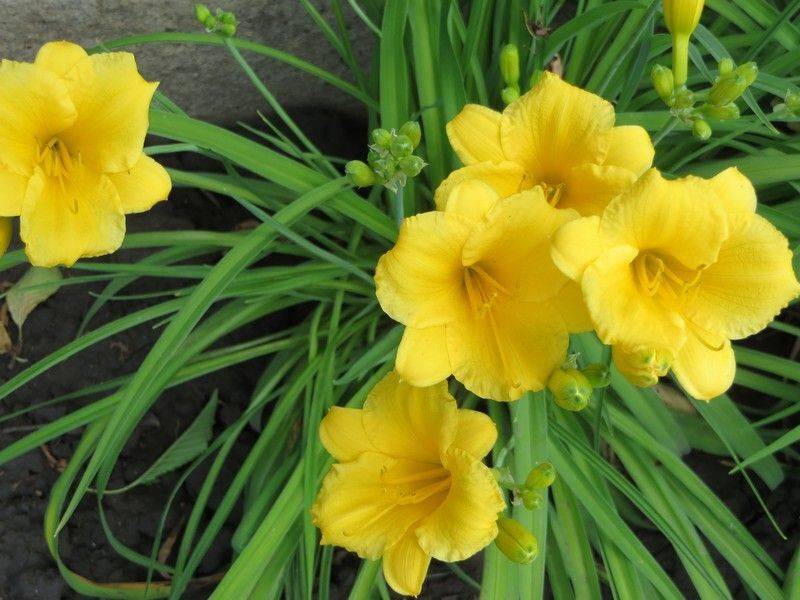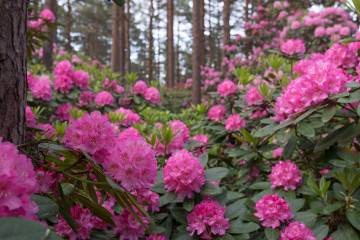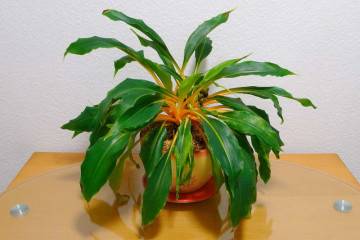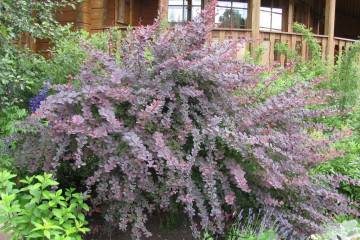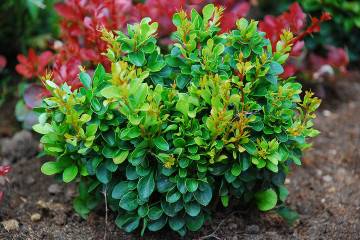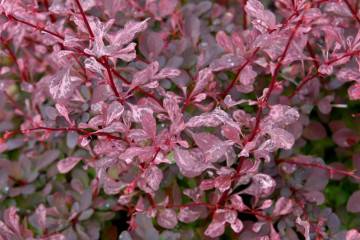Daylily Stella de Oro - description and care
Content:
The daylily serves as an adornment of the local area due to continuous flowering throughout almost the entire summer and early autumn. One of the spectacular varieties of culture is Stella de Oro. It is especially worth paying attention to gardeners who prefer yellow flowers. Below is information on growing daylilies in the local area.
Description of daylily Stella de Oro
It is a herbaceous shrub with a height of 30-40 cm. The leaves are narrow and oblong, green in color. The rhizome consists of processes collected in a bunch.
From the middle of the bush, flower stalks about 40 cm long grow. At the top of each flower buds are formed in the amount of 2-10 pcs. Flowers of bright yellow color in full dissolution reach a diameter of 6 cm.
The buds thin out a light floral scent. Each flower pleases the eye during the day, then it fades. But due to the large number of buds formed, the daylily blooms from June to early October.
Planting a plant
The place is selected well-lit, without stagnant water. For this reason, the daylily is planted at a certain elevation. The land should be loose, light, fertile. Before planting, the territory is cleared of debris, dug up.
Planting from seeds
Florists rarely use this method of planting a daylily. It takes a lot of effort to grow a plant from store-bought seeds. The seed should be kept for 2-3 months in cold conditions, disinfected, planted in boxes to a depth of 2 cm, covered with foil.
If seeds are sown directly into open ground in the fall, they will undergo a natural stratification procedure.
Planting seedlings in open ground
Daylily is planted as follows:
- Dig a hole 30 cm deep.
- A substrate is poured into it, consisting of garden soil, humus, peat, sand with the addition of ash and superphosphate.
- They spread the roots, plant a daylily.
- Fall asleep with a substrate.
- Lightly compact the soil, water.
To preserve moisture in the ground, the daylily planting territory is mulched with sawdust, peat.
How to care
Daylily care consists in watering, feeding, pruning. To prevent the plant from being struck by pathogenic microorganisms, in the spring it can be sprayed with a fungicide. When the bush grows, it is dug up, divided into parts, and planted.
Watering
In hot dry weather, the culture is watered once a week. Use warm, settled water. The top layer of soil between irrigations should have time to dry out. If there is a lot of rainfall during the season, additional watering is not required.
Top dressing
In the spring, Stella is fertilized with nitrogen. The nutrient will stimulate the growth of the shrub. When buds begin to form, potassium-phosphorus fertilizing is used. Minerals contribute to the beautiful flowering of the daylily.
Nitrogen fertilization is not done in summer, since by abundantly increasing foliage, plants may stop blooming.In addition, the use of nitrogen-containing substances during this period of the year can provoke the appearance of diseases on the daylily.
Pruning
Faded buds are cut off. They reduce the decorative effect of plants. In addition, the resulting seeds take away from the bushes a lot of the energy necessary to build new flower arrows. With the onset of frost, the entire aerial part of the daylily is cut off.
Reproduction methods
A gardener can breed a hybrid daylily hemerocallis Stella de Oro on the site in several ways: by cutting the rhizome, dividing the bush, cutting off the central shoot. Seed propagation is usually used by specialists. In this case, flowering occurs late, and not all the qualities stated in the description can be transmitted.
Rhizome dissection
For reproduction in this way, in the spring, the bush, without digging, is divided into 4 parts with a sharp shovel. The plots are sprinkled with rooting powder, such as root roots. Each part is planted in a separate planting pit.
By dividing the bush
With this method, an adult bush is dug in without violating the boundaries. The rhizome is removed, washed with running water. The woven roots are carefully hand-separated. Each piece is planted in a prepared hole.
By cutting off the central shoot
To breed the daylily Oro by this method, without digging up the plant, they rake the earth from the root collar. A cross section is made just above the beginning of root growth. It is treated with cytokinin paste, and soon, at the site of removal of the central shoot, lateral ones will begin to form.
When young cuttings get stronger, they are separated, planted first in pots for growing, then on the site. The next year, flowers will bloom on the daylily.
Transfer
Over time, the mother bush grows. It is divided into parts, each plant is planted separately. To prevent the root system from being damaged by pathogenic microorganisms, the instrument is pre-disinfected. The slices are sprinkled with charcoal. The procedure can be carried out in spring or autumn.
Diseases and pests
Daylily Stella d Oro has good immunity. However, with improper care or under adverse climatic conditions, it can be affected by various diseases. The most common of them are: root collar rot, rust, leaf spot. Having discovered a disease, you must immediately treat the daylily with antifungal drugs.
The main crop pests are aphids, gall midges, thrips, and spider mites. Insects are eliminated by spraying with insecticides. But you need to avoid using the procedure during flowering. Therefore, in the spring, before the buds bloom, prophylactic spraying is performed.
Flowering period
Daylily Stella de Oro blooms from June to early October. The buds of a bright yellow color in the dissolution reach 6 cm. They thin the delicate aroma. The peculiarity of daylilies is that each flower is viable only for a day. The very next day it closes and fades.
After flowering, the buds must be removed. This will help to ensure that the newly formed flowers are large and beautiful. In addition, the plant without them will look more decorative.
Preparing for winter
The daylily tolerates frosts well, so there is no need to dig out the root system, mulch the soil for the winter. Shelter is not required for bushes. At the end of autumn, leaf plates and peduncles are cut off.
On the eve of big frosts, you can still cover the ground with a small layer of pine needles or sawdust. In the spring, when the threat of frost has passed, the shelter is raked.
Use in landscape design
Due to its unpretentiousness, frost resistance, the culture is in great demand among gardeners in many regions. Stella is short, so in design it is most often planted in the foreground. Beautifully flowering bushes can be used to protect water bodies.
A compact variety of daylily is planted in rock gardens, ridges. A large bush growing alone against the background of a lawn will look spectacular in landscape design. Plants are also planted in large pots, displayed on the terrace or on the veranda.
Daylily Stella de Oro is a beautiful, fast growing, spectacularly flowering shrub. It is unpretentious in care: it needs to be watered from time to time, fed, cut off the faded buds. In the spring, to prevent the appearance of diseases and pests, bushes can be sprayed with insecticides or fungicides. With the correct implementation of agrotechnical measures, the gardener will admire the flowering of the daylily from June to early October.
